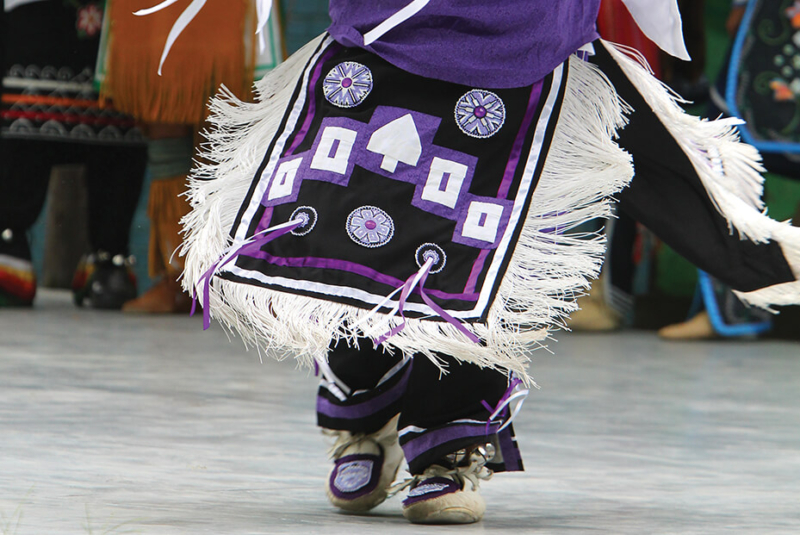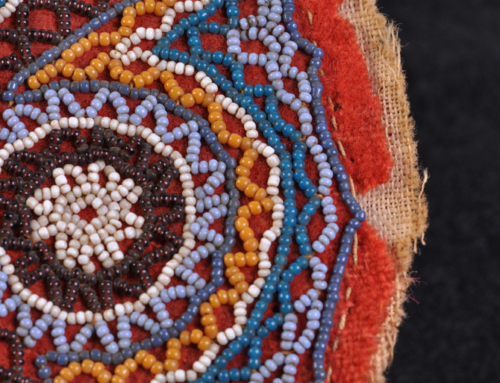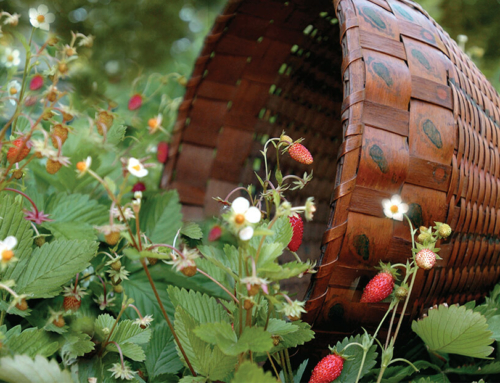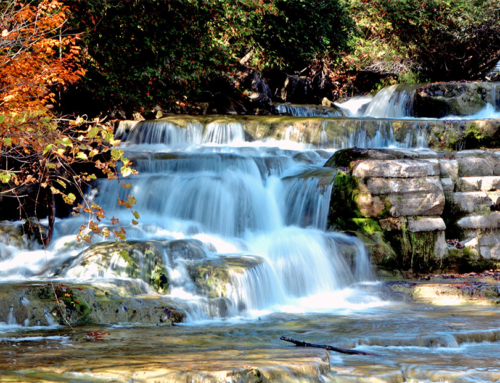While dancers appear to move effortlessly, the world of Haudenosaunee dance is complex.
Each dance is dependent upon different drumbeats, different chants and specific foot movements that each individual dancer can interpret into their own style. The dances tell stories of nature and the elements, while always giving thanks to the Creator for the bounty he has given.
Social dances, such as the round dance, rabbit dance, old moccasin dance and canoe or fishing dance, are for the enjoyment of all people. Ceremonial dances such as the Maple Syrup, Strawberry, Bean, Sun and Moon dances, are kept for the longhouse. These dances are not for the public; they are sacred.
In ceremonial dance there are words that are sung, unlike social dances that involve only chants. Every song has an introduction then the beat changes and the dancing starts. And many songs and dances have been adapted from other parts of the Indian country.
Dancers take their cues from the drums, indicating when to switch partners. If a man or woman refuses an invitation to dance etiquette requires that they offer tobacco as an appeasement.
One of the most popular social dances is the smoke dance, a traditional Haudenosaunee dance. The smoke dance is a derivation of the war dance and was originally only danced by men. It was a fast dance that was designed to exhibit the men’s skill and stamina. In later years, the women devised their own unique style of the dance.
Several stories also have evolved around the naming of the smoke dance. In one story, the dancers’ fast spinning in small circles is believed to emulate the curling of smoke.
Another story revolves around Haudenosaunee longhouses. In these dwellings smoke would sometimes linger. To help the smoke dissipate dancers would try to “chase” the wafts of smoke through the hole in the ceiling by swiftly dancing in circles in an attempt to push the smoke up out of the house.
The war dance is a ceremonial dance that is solely for Americans Indians. The music performed for these ceremonies also is reserved for the Native population. Thus within the last few years, social dance music has replaced the ceremonial war dance music.







